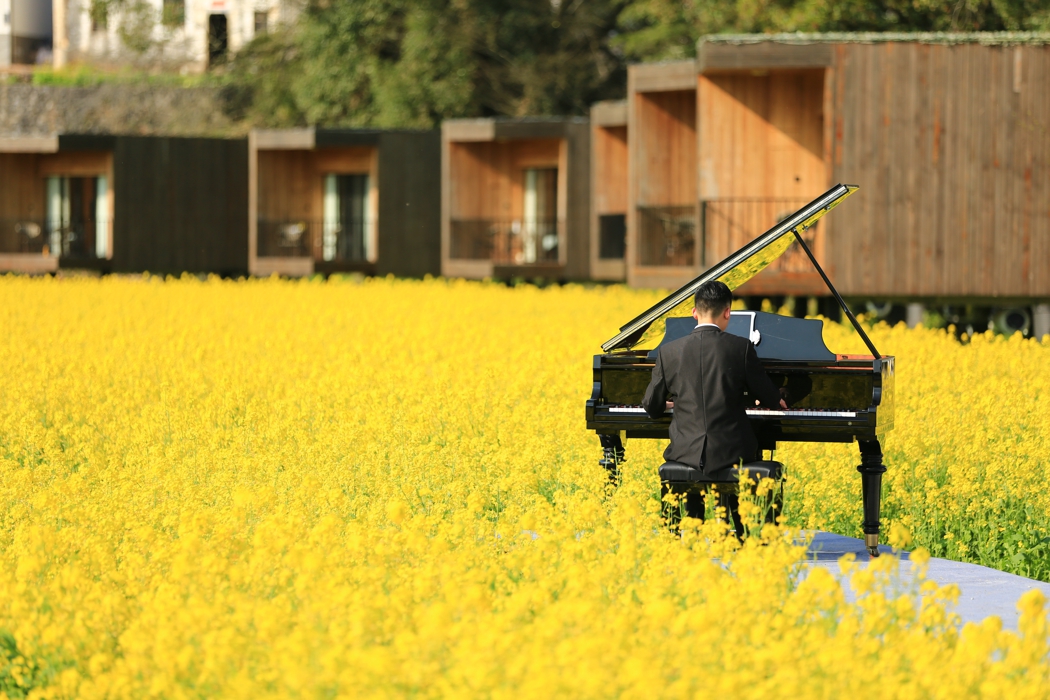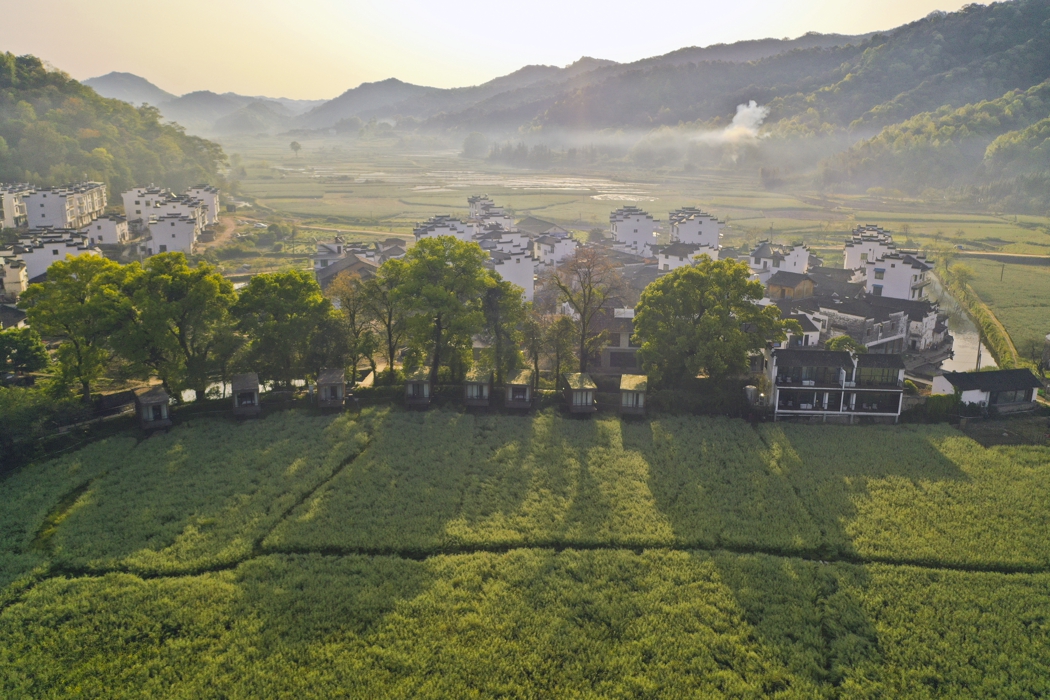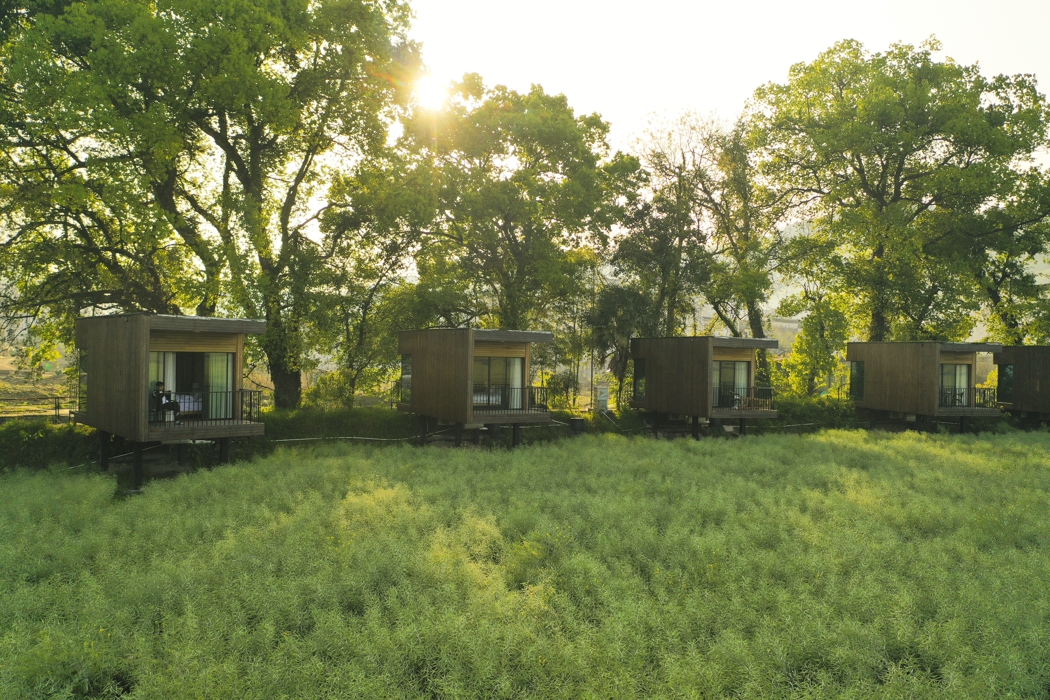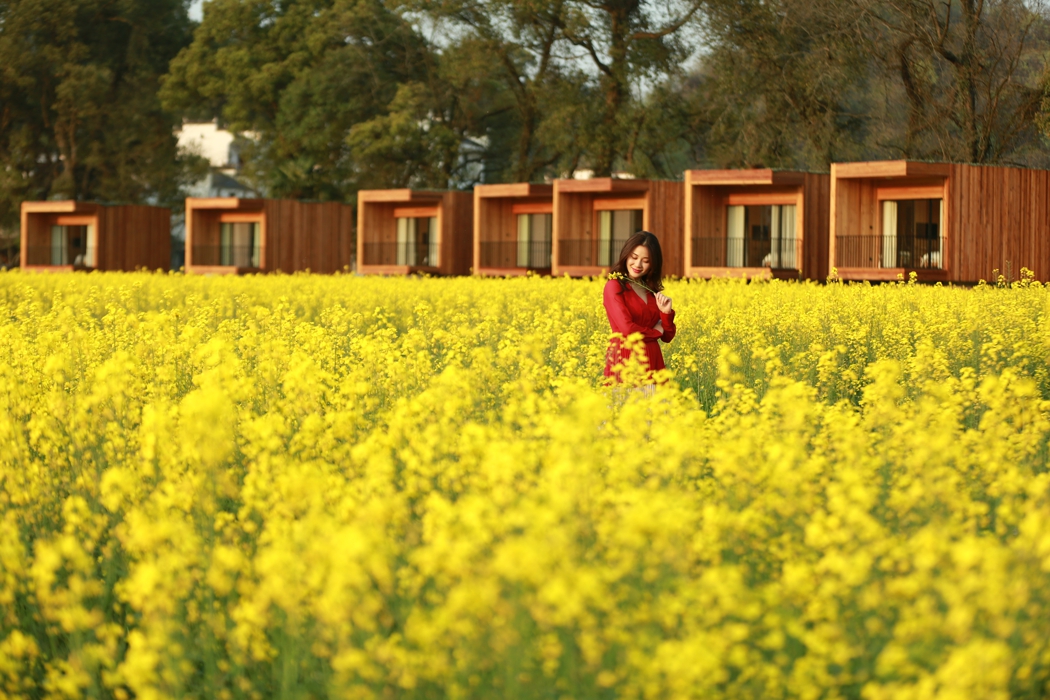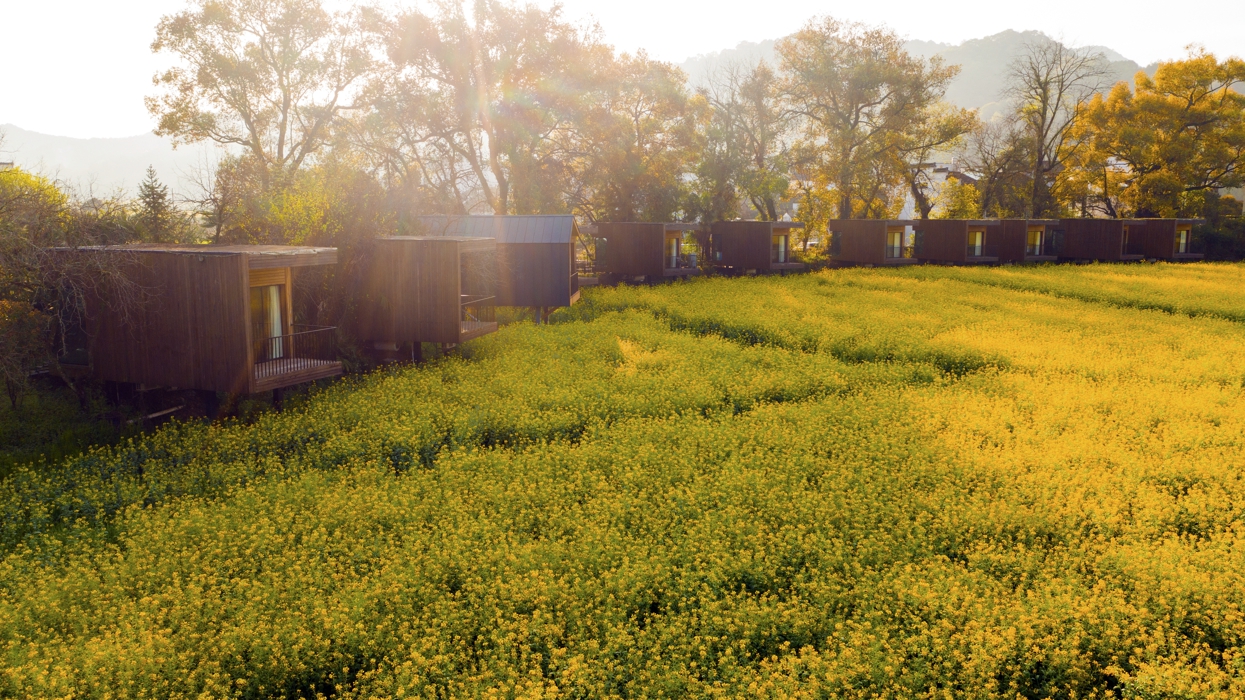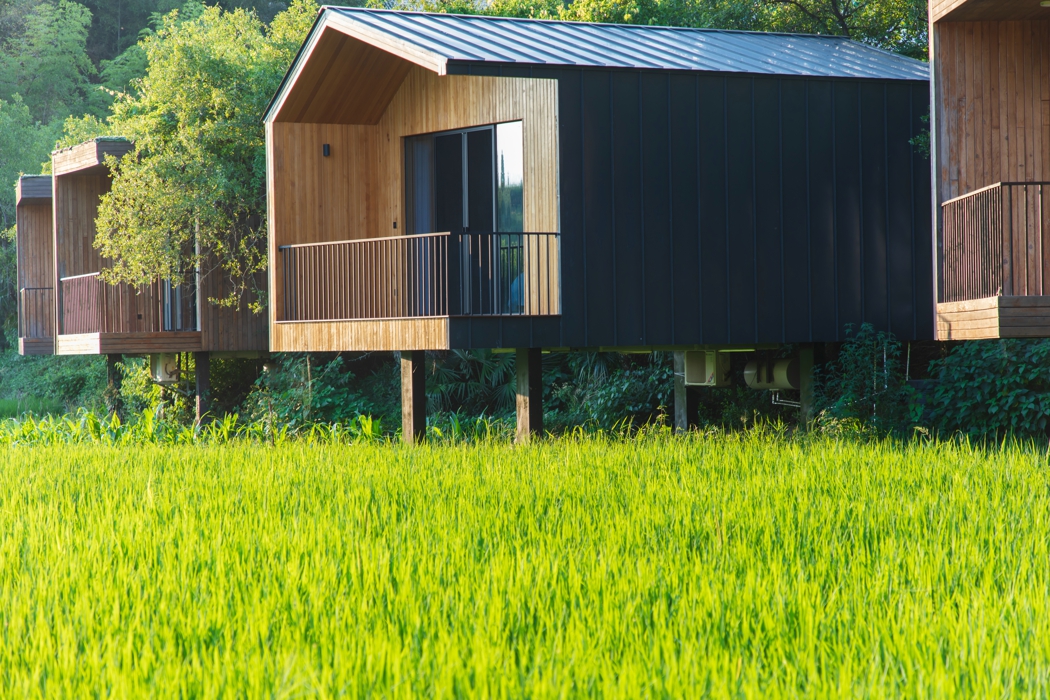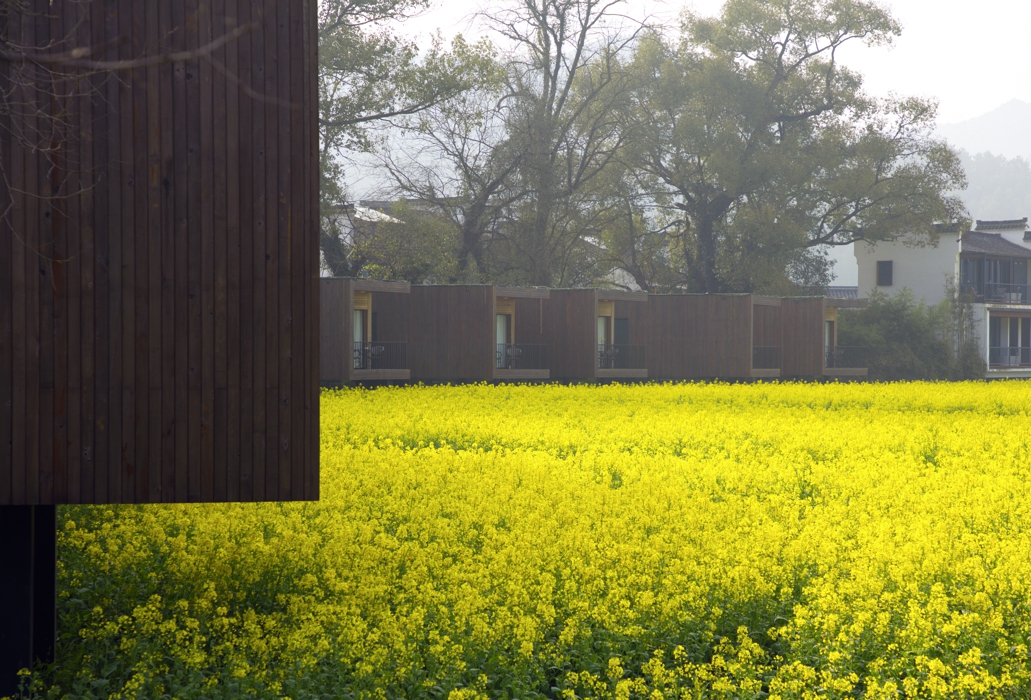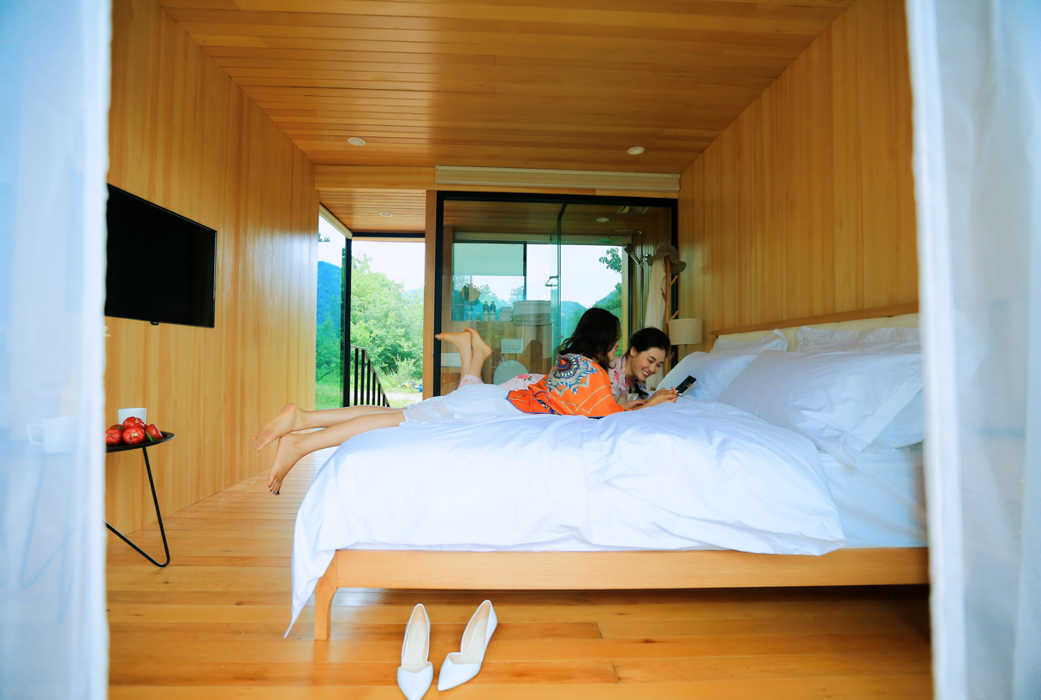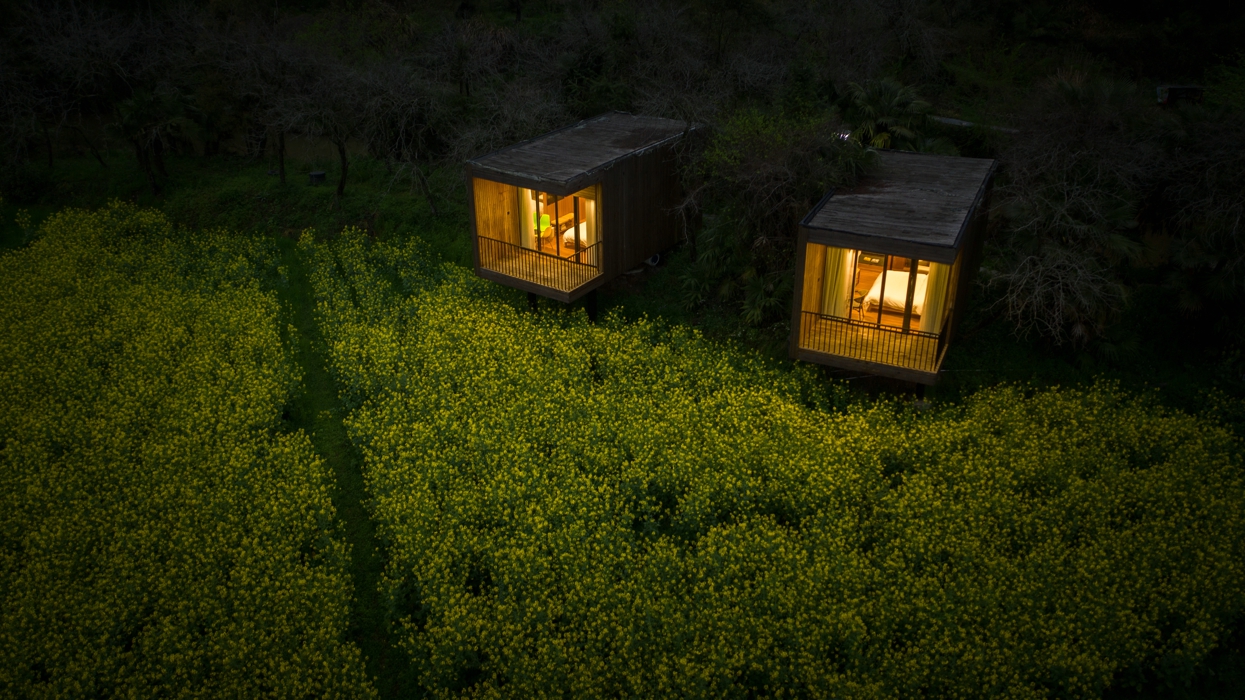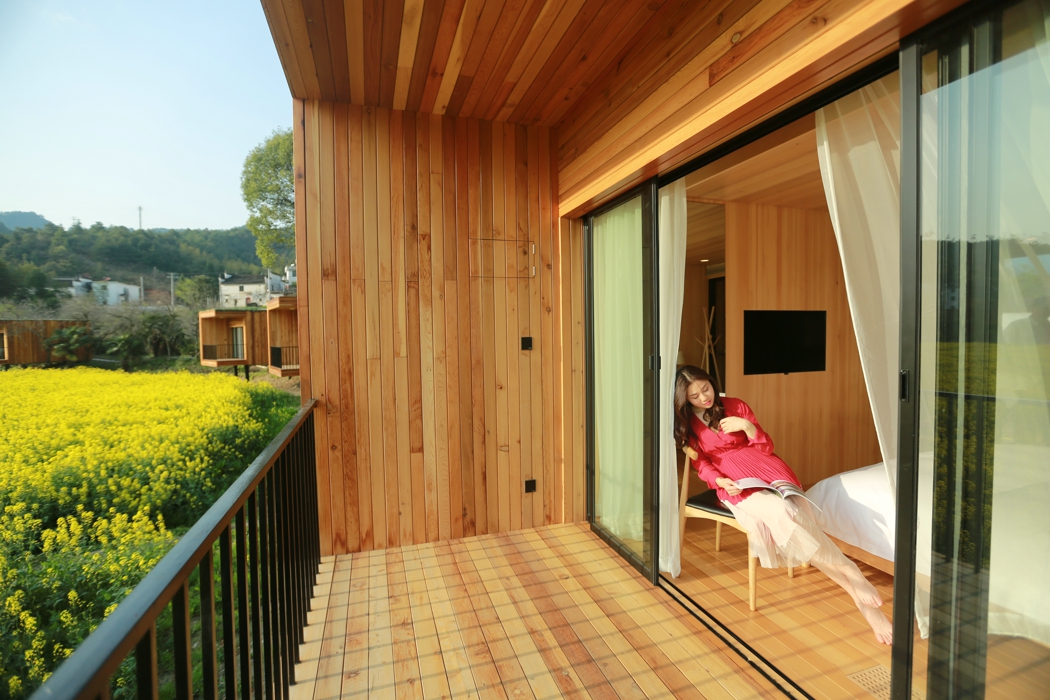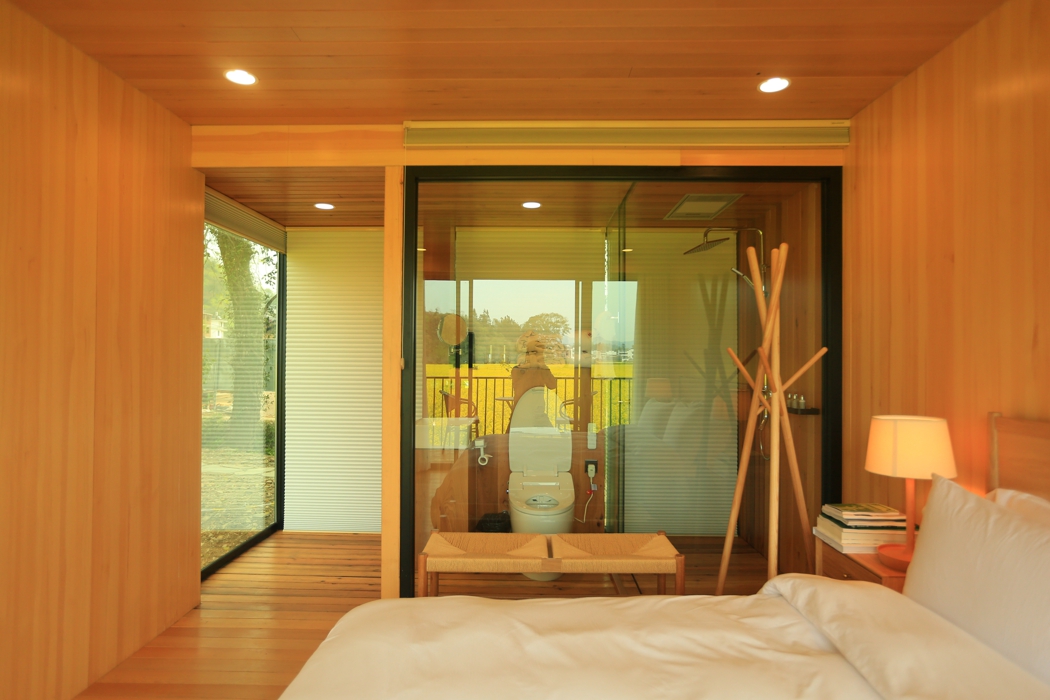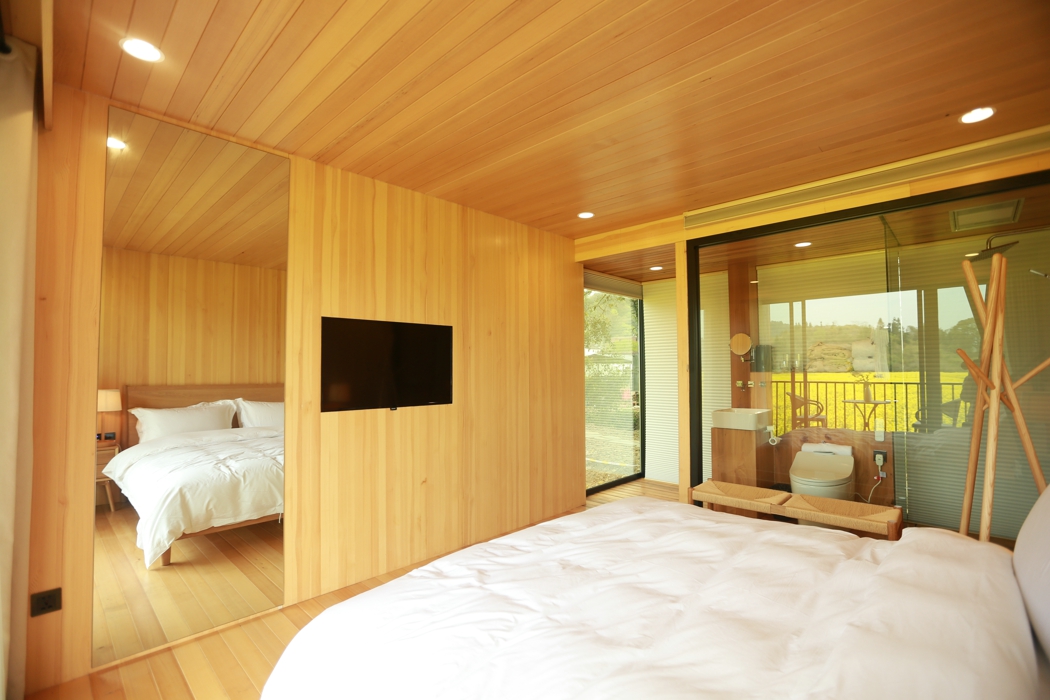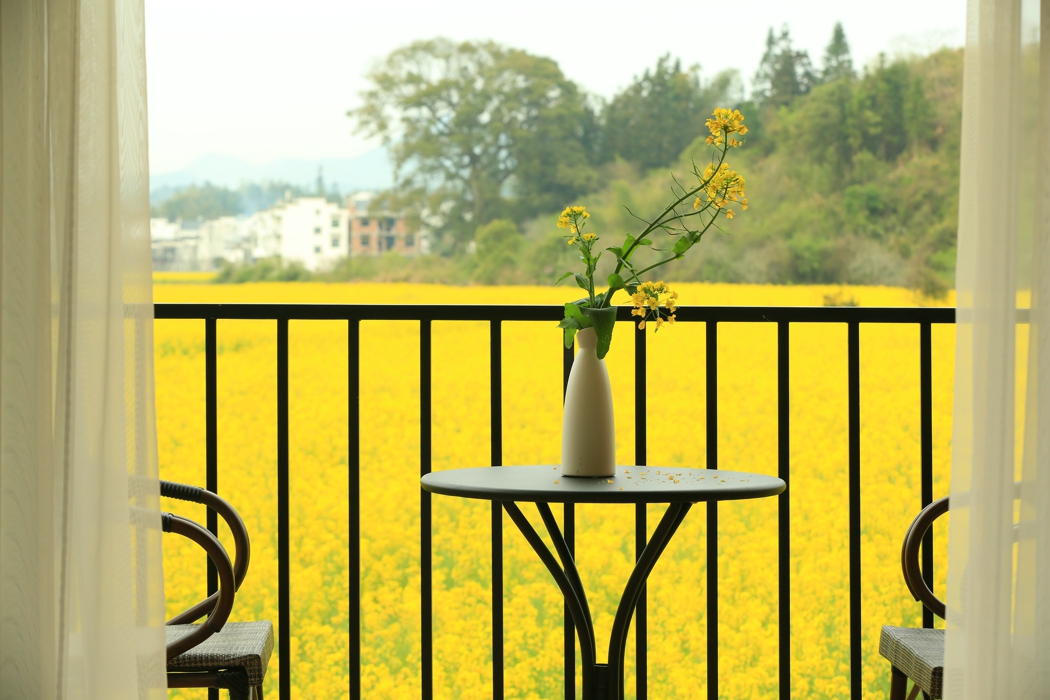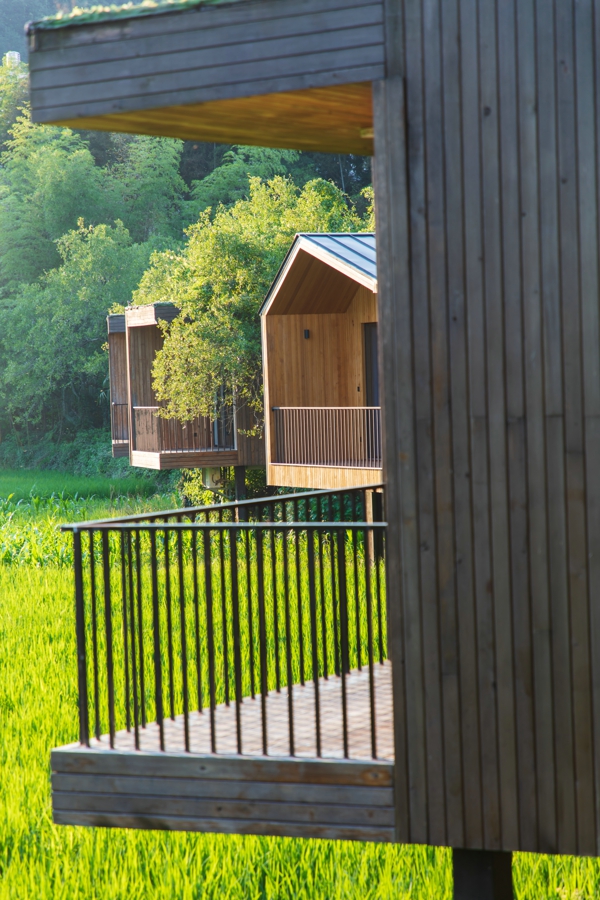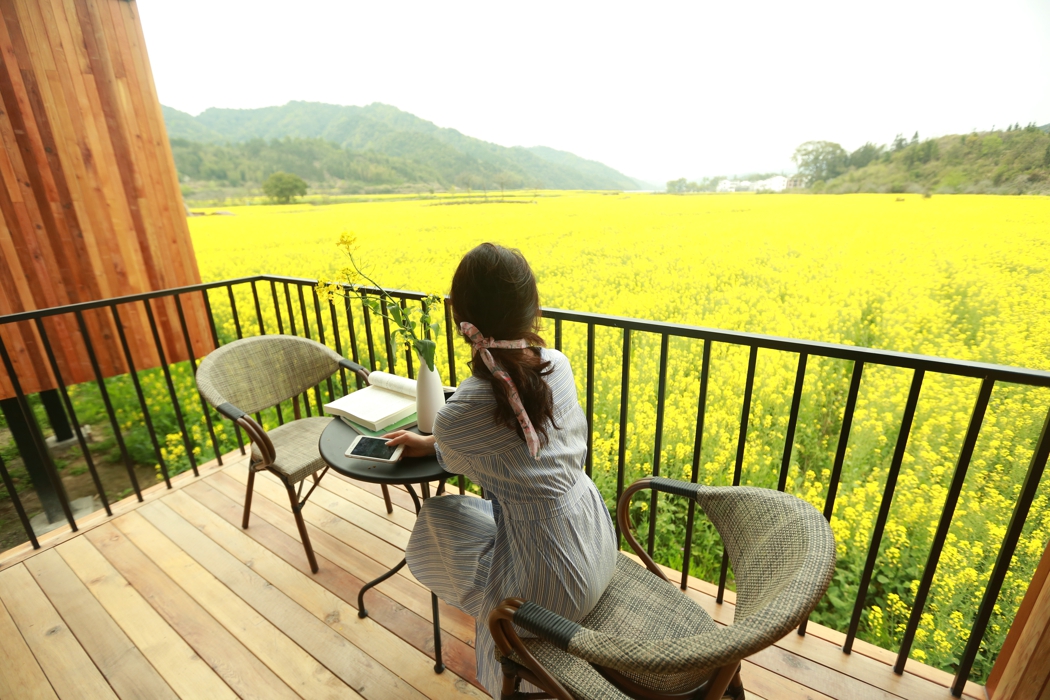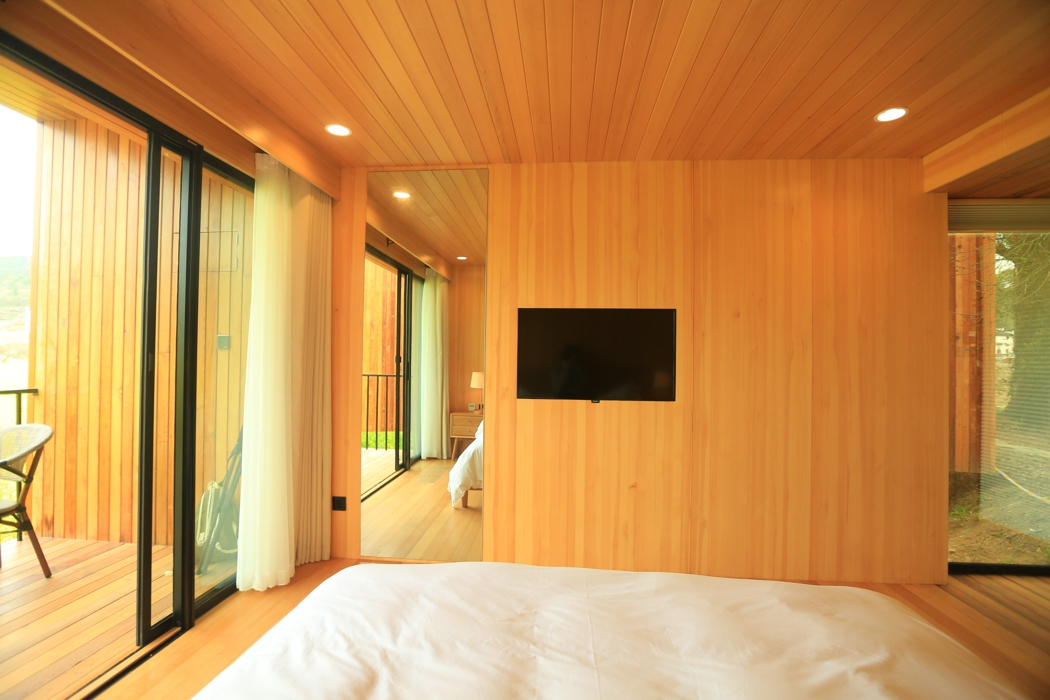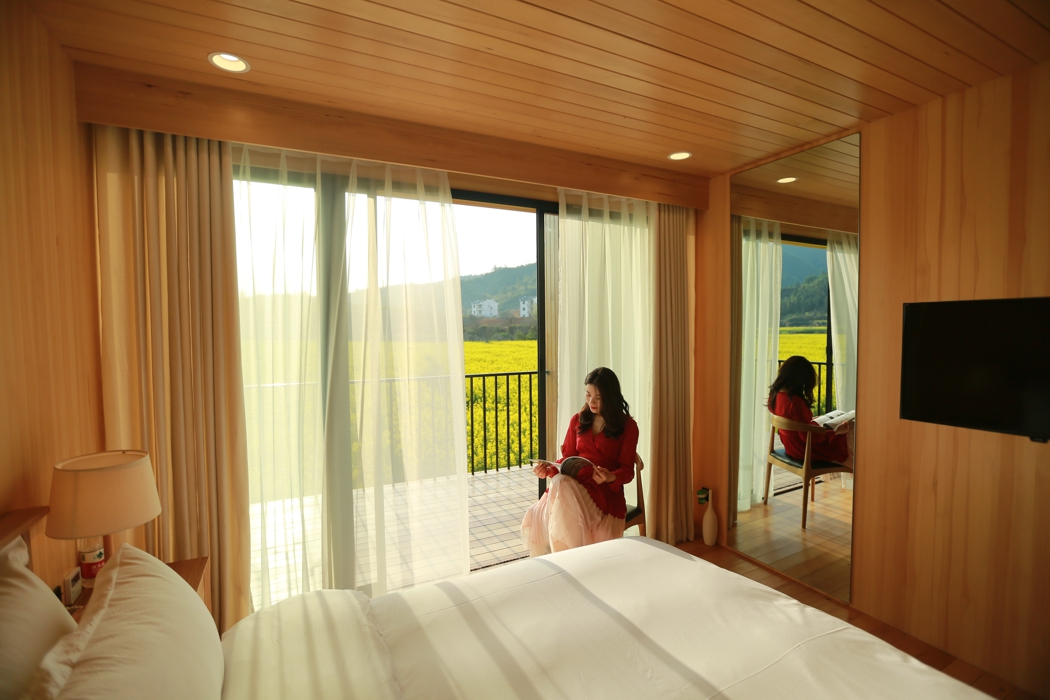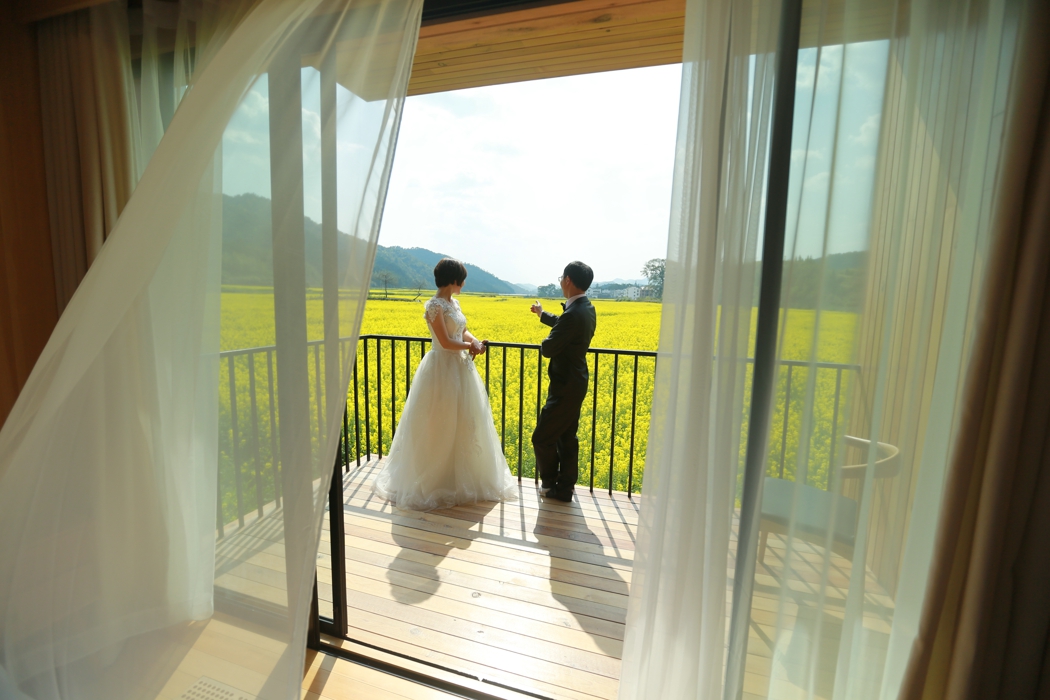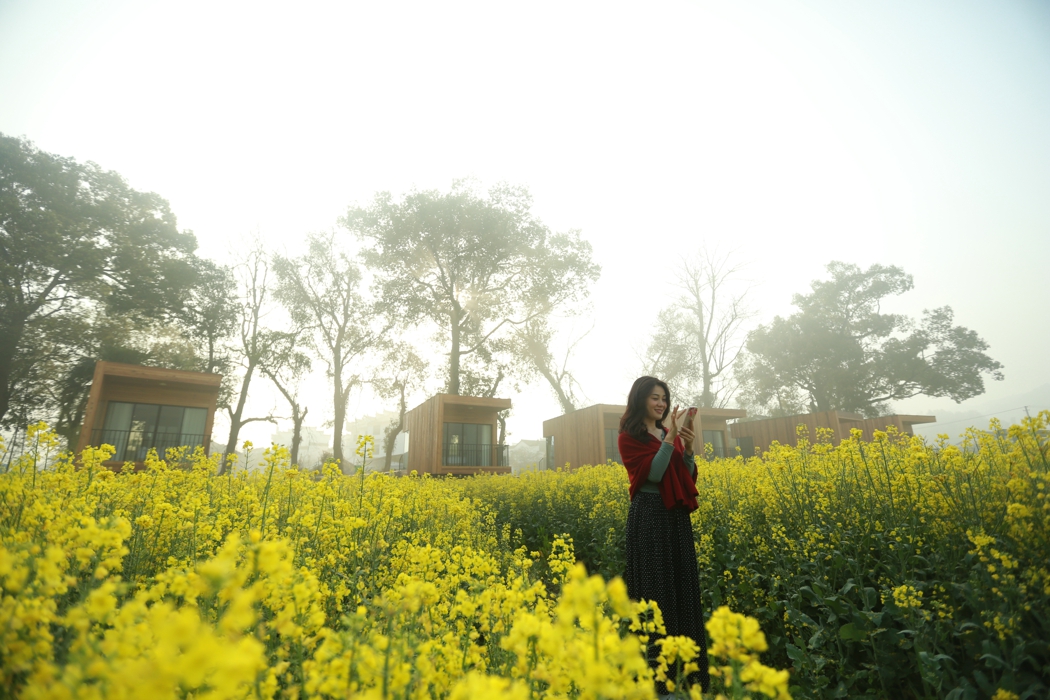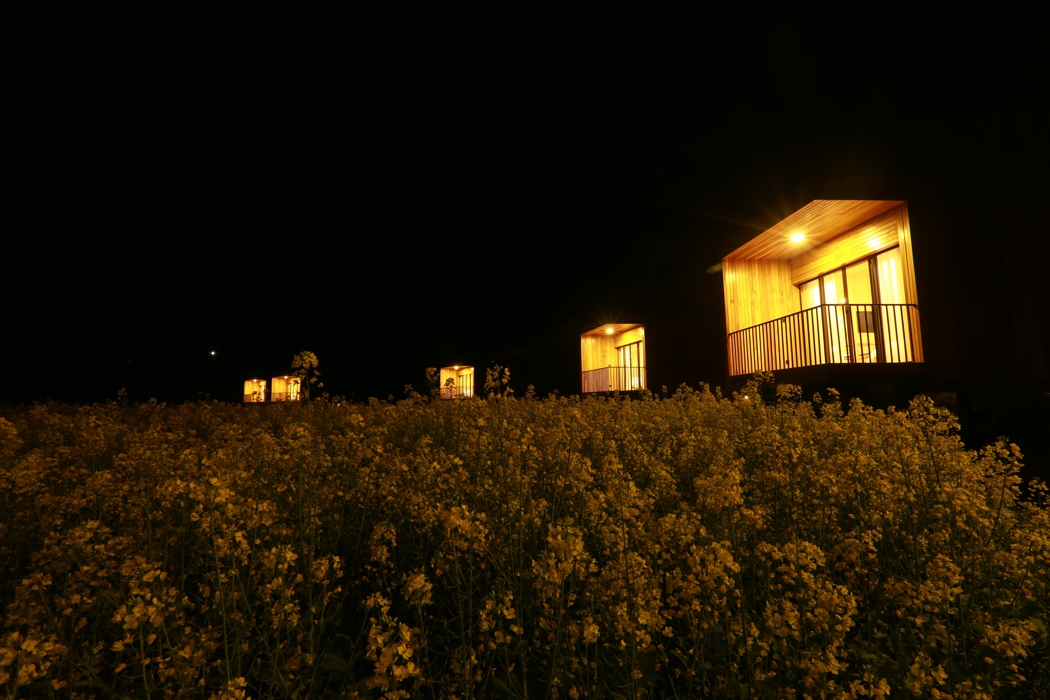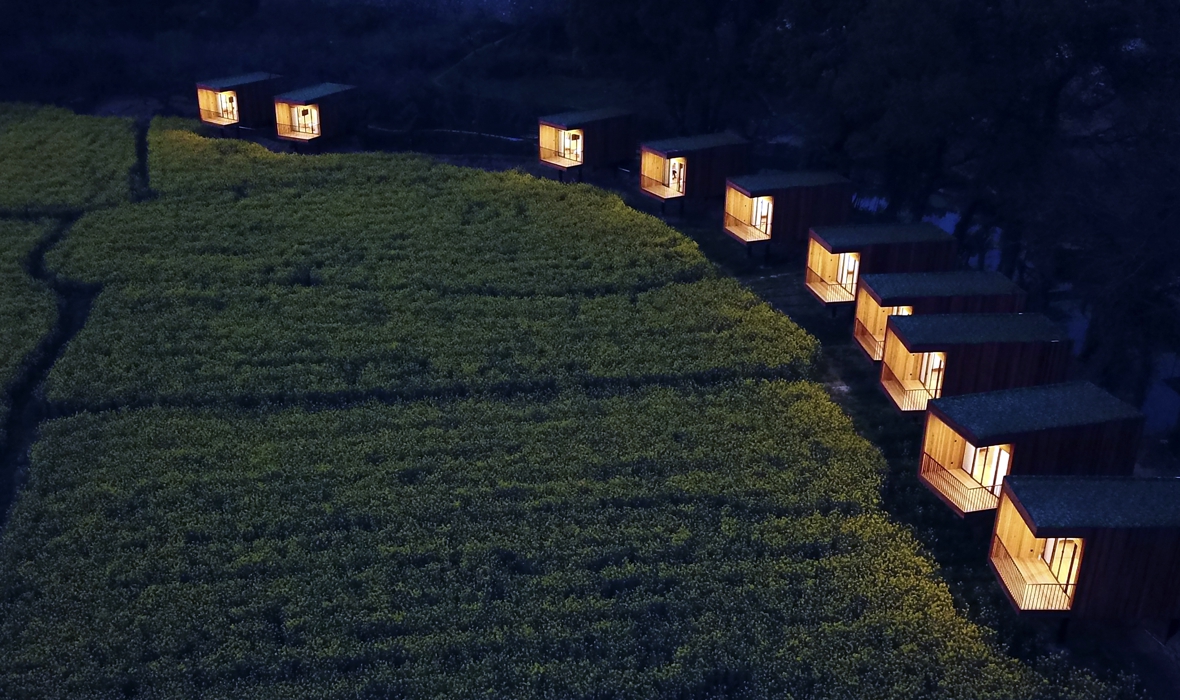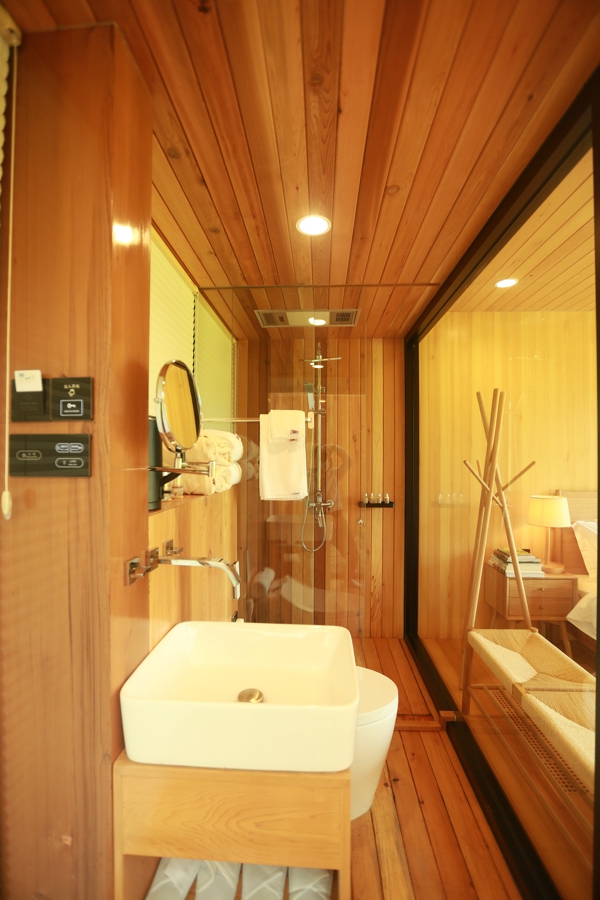Wuyuan Wangshan·Beehive
Project Information
- Project Location:
- China Shangrao, Jiangxi
- Project Scale:
- 54 Square meter
Project Profile
1. Project Statement
The project is located in the Xunjiansi of Wangshan Wuyuan Ancient Village. The Xunjiansi is distributed in the shape of a lotus leaf, and the residential buildings are all Huizhou-style architecture. The river flows around the village from east to west, and the Huirao Ancient Road passes through the village. Dozens of Huizhou-style houses are connected in clusters. On the west side of the village, there are over ten ancient camphor trees that are more than 300 years old. Two well-preserved ancient bridges from the Ming Dynasty span the eastern and western river mouths, perfectly combining the Fengshui culture of Huizhou and Confucian culture.
2. Objective and Challenge
The Inspection Department project plans to include the entire village as the scope of planning research and landscape protection. The main development and construction plots are located on the east and west sides of the village where residents gather, and they are interconnected in the center. At the same time, the existing farmland on the west side of the village is utilized as the main area for future rural leisure and vacation, with a total planned area of approximately 127 mu. On the west side of the village, there is a row of thousand-year-old Fengshui forests, forming a natural green barrier, behind which the village is hidden. The designer disassembled the rooms of conventional hotels and transformed them into prefabricated rooms called "Beehive," which are placed on the embankments under the shade of trees.
3. Design Strategy
The Beehive design is highly intensive, with an indoor space of 18 square meters and a 6-square-meter balcony. The L-shaped honeycombs face the southeast, and 11 honeycombs are arranged in a line, suspended above the embankments without interfering with each other. This design does not occupy arable land and does not visually disturb the original village style and overall landscape.
Strategy 1: Minimize environmental disturbance. Crops can still be grown beneath the wooden houses. Various weeds, shrubs, and bamboo are preserved as much as possible, maintaining the natural background of the countryside without embellishment.
Strategy 2: Ensure safety. Continuous steps are provided along the path leading to the entrance stairs, maintaining a safe distance from the trees near the creek, and using simple construction methods. Wooden boardwalks are laid in narrow sections of the road, with handrails installed in the direction towards the stream.
Strategy 3: Optimize visual experience. The 11 Beehives are arranged in a line without interfering with each other, resembling hunting tribes lurking in the dark at the edge of the grasslands in Africa, gazing at prey in the wilderness. This allows guests to completely relax their body and mind in the floral paradise, accompanied by the scent of flowers and awakened by bird songs.
4. Conclusion
This type of dwelling satisfies the landscape aesthetic demand model of "observation-shelter" that humans have for their ideal habitat. It is a design that the designer has wanted to try for over 20 years, aiming to test an ideal landscape model that has been studied before.
